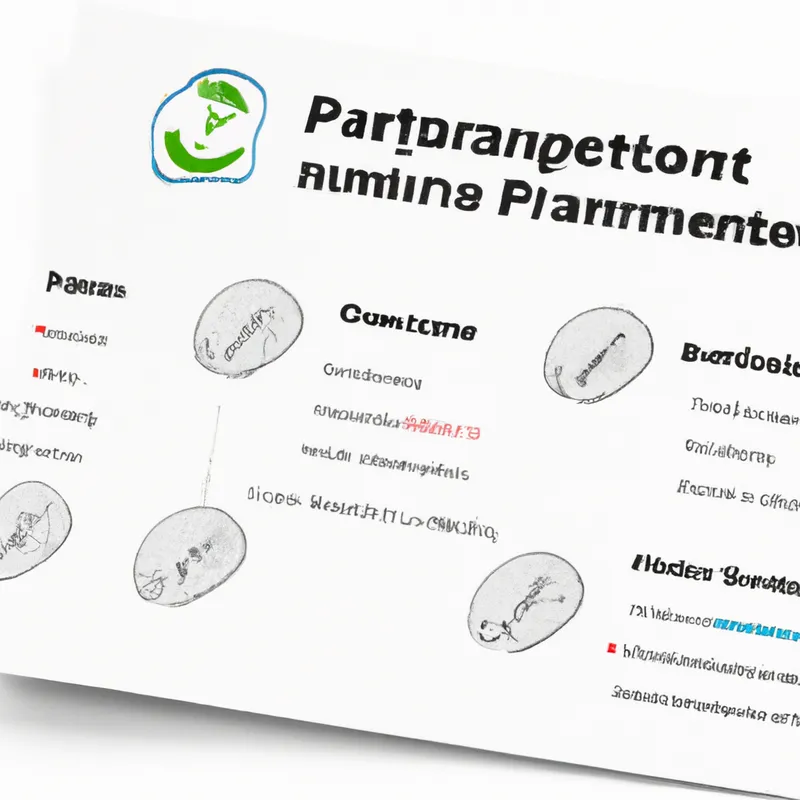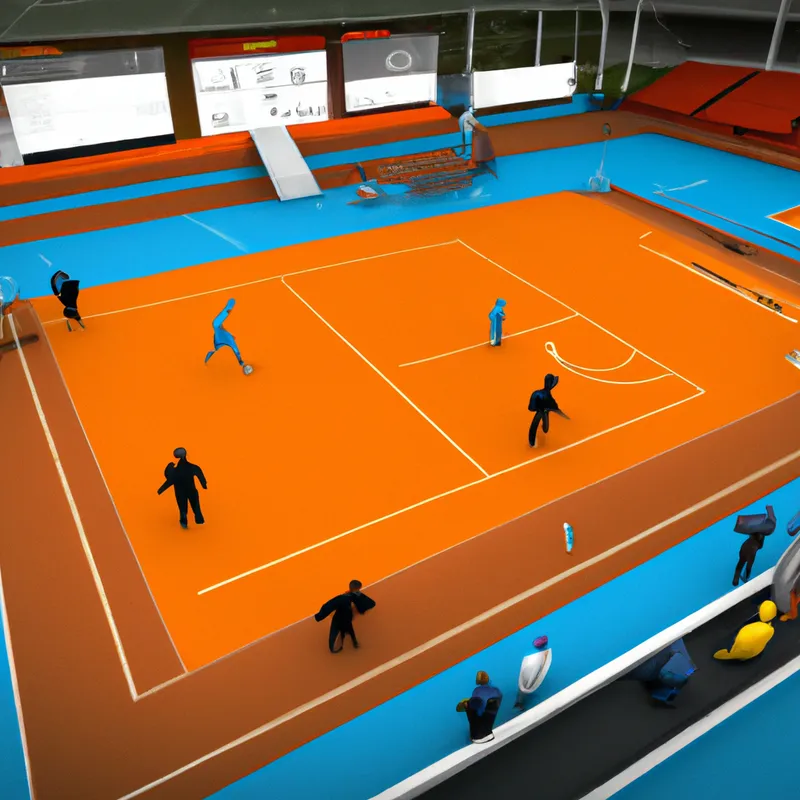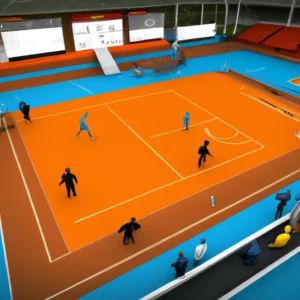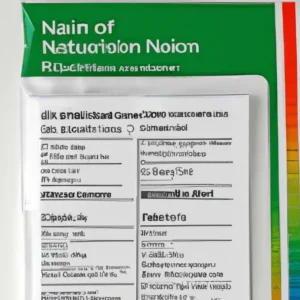Elevate Productivity with Game-Based Metrics
The Benefits of Gamification in Performance Tracking
Organizations seek innovative strategies to boost employee performance and engagement. Gamification has emerged as an effective approach. By adding game-like elements to performance tracking, businesses can motivate teams, foster collaboration, and increase productivity. This blog post highlights the benefits of gamification in performance tracking, providing insights and practical tips for implementation.
What is Gamification?
Gamification applies game mechanics in non-game contexts to enhance engagement and motivation. It transforms mundane tasks into exciting experiences using points, badges, leaderboards, and challenges. These features tap into intrinsic motivations, making employees feel invested in their work and eager to achieve goals.
The Importance of Gamification in the Workplace
The modern workplace evolves, and traditional performance tracking methods often fail to engage employees. Gamification creates a dynamic environment where employees visualize their progress, celebrate achievements, and compete playfully. This boosts individual performance and fosters community and teamwork.
Why Use Gamification?
Gamification serves critical purposes in today’s corporate landscape. Here are key reasons to integrate gamification into performance tracking systems:
1. **Increased Engagement and Motivation**: Gamification boosts employee engagement. When tasks resemble games, employees enjoy their work, increasing motivation. Points and rewards create a sense of accomplishment, driving effort.
2. **Enhanced Learning and Development**: Gamification promotes continuous learning. Organizations can implement gamified training modules rewarding employees for completing courses or mastering skills. This approach makes learning enjoyable and encourages professional development.
3. **Real-Time Feedback**: Gamification offers valuable real-time feedback. Employees receive immediate recognition for achievements, reinforcing positive behaviors. This instant gratification builds a culture of accountability, enabling managers to address performance issues promptly.
4. **Improved Team Collaboration**: Gamification fosters collaboration among team members. Leaderboards and team challenges encourage employees to work together toward common goals. This collaboration builds camaraderie and strengthens relationships, increasing productivity.
5. **Data-Driven Insights**: Gamification provides organizations with valuable performance and engagement data. Tracking metrics like points earned and challenges completed helps managers identify trends, recognize high performers, and pinpoint improvement areas.
Tips for Implementing Gamification
To incorporate gamification into performance tracking successfully, organizations should consider these strategies:
1. **Define Clear Goals**: Establish specific, measurable objectives to guide your gamification efforts.
Conclusion
Gamification enhances employee engagement, learning, collaboration, and provides valuable insights. Organizations should embrace gamification to improve performance tracking.
Below are related products based on this post:
FAQ
What is gamification and how does it work in performance tracking?
Gamification applies game mechanics in non-game contexts to enhance engagement and motivation. In performance tracking, it transforms mundane tasks into exciting experiences by incorporating elements like points, badges, leaderboards, and challenges. This approach taps into intrinsic motivations, making employees feel invested in their work and eager to achieve their goals.
What are the main benefits of using gamification in the workplace?
Gamification offers several key benefits in the workplace, including increased employee engagement and motivation, enhanced learning and development, real-time feedback, improved team collaboration, and data-driven insights. By making tasks more game-like, employees enjoy their work more, which drives effort and fosters a culture of accountability and teamwork.
How can organizations successfully implement gamification in performance tracking?
To successfully implement gamification, organizations should define clear goals that are specific and measurable. This helps guide gamification efforts and ensures that the game-like elements align with desired performance outcomes. Additionally, organizations should consider other strategies, such as rewarding achievements and promoting collaboration among team members.















Post Comment